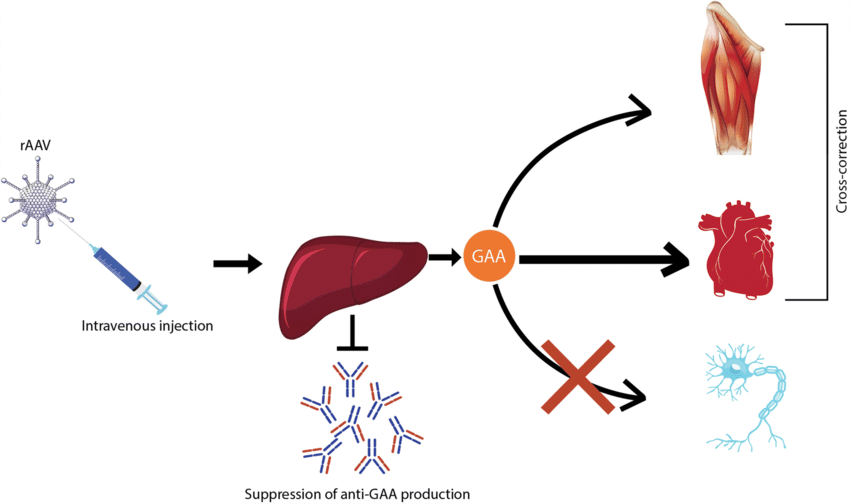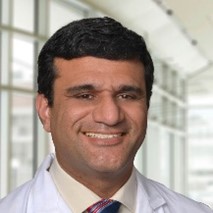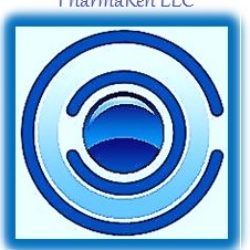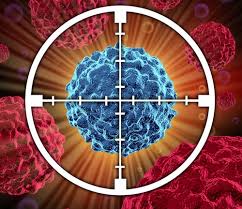POSTED December 28, 2024
PharmaRen has strong start in 2025, with continued momentum across all businesses.

PHARMAREN GENERICS
ON INJECTABLE GENERIC SIDE,
FINNALY!!
US FDA inspection and approval of the API and Finished product has been Completed!
Congratulation to Everyone who worked so hard for this!
2025 will be our Year to have a first Generic Drug in the Market!
NEW PROJECT
We initiated a Biosimilar project in 2023, however, the progress has been slow. The high cost of completing the project has convinced us that a right partnership could greatly accelerate the project. We have been in talk with several partners, and we will continue to search for more.

ANOTHER IMPORTANT NEW PROJECT
Since our completion of the total synthesis of Ixabepilone, targeting Triple Negative Breast Cancer has been the major focus of R&D team at PharmaRen. We are investing heavily in the development of a new targeted treatment, and we will reveal the details and our advances in Q4 2025. We are behind on this project but hopefully we will have good news in 2025.
PHARMAREN DISCOVER DIVISION
Despite advances, multiple myeloma (MM) remains an incurable and common cancer characterized by sequential relapses requiring retreatment. Patients inevitably develop resistance to multiple therapies at which point their prognosis is poor. A proliferation-inducing ligand (APRIL) promotes survival and drug resistance in multiple myeloma (MM) cell lines. Dr. Bertrand Huard has recently demonstrated that binding of APRIL to extracellular matrix HSPG, more specifically to Syndecans-1, is a key event in the proliferation and survival of MM. More importantly, he has also demonstrated that 3-O Sulfation of Syndecan-1 by the Sulfotransferase HS3ST3a1 is necessary for the APRIL binding and is an important factor in the eventual enhancement of the Myeloma aggressiveness.

Dr. Bertrand Huard (Translational Research in Autoimmunity and Inflammation Group, and Translational Innovation in Medicine and Complexity, University Grenoble-Alps, France)
PharmaRen’s sizable library of non-anticoagulant heparinoids is a valuable source for identifying potent and heparan sulfate-based inhibitor of this essential Sulfotransferase enzyme. Our collaboration with his lab started late in 2023. Preliminary in vitro experiments were very promising and both teams have identified a heparinoid candidate and decided to take it to the next phase, the animal studies. Currently the mice study is in progress. The collaboration is fully funded by PharmaRen. The future of this project is very promising.
UPDATES: The project has been moving successfully forward and the mouse study has been completed and analysis of the data in in progress,
Triple Negative Breast Cancer and Chemotherapy
Dr. Mathew Cherian (Medical Center, Ohio State University) is interested in discovering novel therapies that can deepen and prolong the responses of patients diagnosed with triple-negative breast cancer. He has demonstrated that the release of Adenosine Triphosphate (ATP) in the extracellular matrix of the cancer cells can boost the response of the TNBC cells to chemotherapy and increase the cell death. To increase the concentration of the ATP, the inhibition of ATPases is necessary. In the extracellular matrix, ATPase is a heparan sulfate binding protein, and its release is enhanced by heparan sulfate modifying enzymes Sulfatase 1 and Sulfatase 2. His lab has shown that presence of heparan sulfate of Sulfatase inhibitor OKN-007 induces the ATP release chemotherapy-induced TNBS cell death. PharmaRen will start a collaborative project to identify a non-anticoagulant, non-toxic, heparanase inhibitor, and BBB-permeable heparinoid molecule to sensitize TNBCs to chemotherapy. The project is set to start in Q4 2024.
UPDATE: several heparinoids has ben delivered to Dr Cherian lab. Preliminary data is very promissing and has convinced the lab to design and perform more experiments! we have high hops for this project.
Mathew Cherian, MD, MBBS
Ohio State Comprehensive Cancer Center

New from
HEPARINBUILDINGBLOCKS.COM
NEW PATENT
Patent application # 18/632,624
April, 2024

Commercial Potential- The marketing of heparin building blocks initiated in 2017 by establishing a company under the name of heparinbuildingblocks.com. Understandably we had a slow start. First, it took time for us to be recognized by the customer, and second, the Covid years hampered the sales growth. We are now an established entity in the heparinoids market and recognized as a reliable manufacturer of this class of molecules. We are shipping our products not only to the USA customer but to European as well, Italy, England, and France.. We should emphasize that currently we are a recognized name only among our customers that are “CHEMISTRY” oriented, and we are not known or serving much of the heparinoids market that are in the “BIOLOGY” domain. The customers who want to see ready-to-use heparinoids on their chemical shelves. The current proposal is to address this important section of the market. To address the need, we have developed a novel chemistry to allow us to produce heparinoids that are easily accessible to our cell biologists, molecular biologists, structural biologists, protein chemists and Heparan sulfate/heparin research communities. The details of the invented process has been disclosed in the Patent application # 18/632,624 and submitted to the US Patent Office.
UPDATE: we are yet to hear from the patent office.




